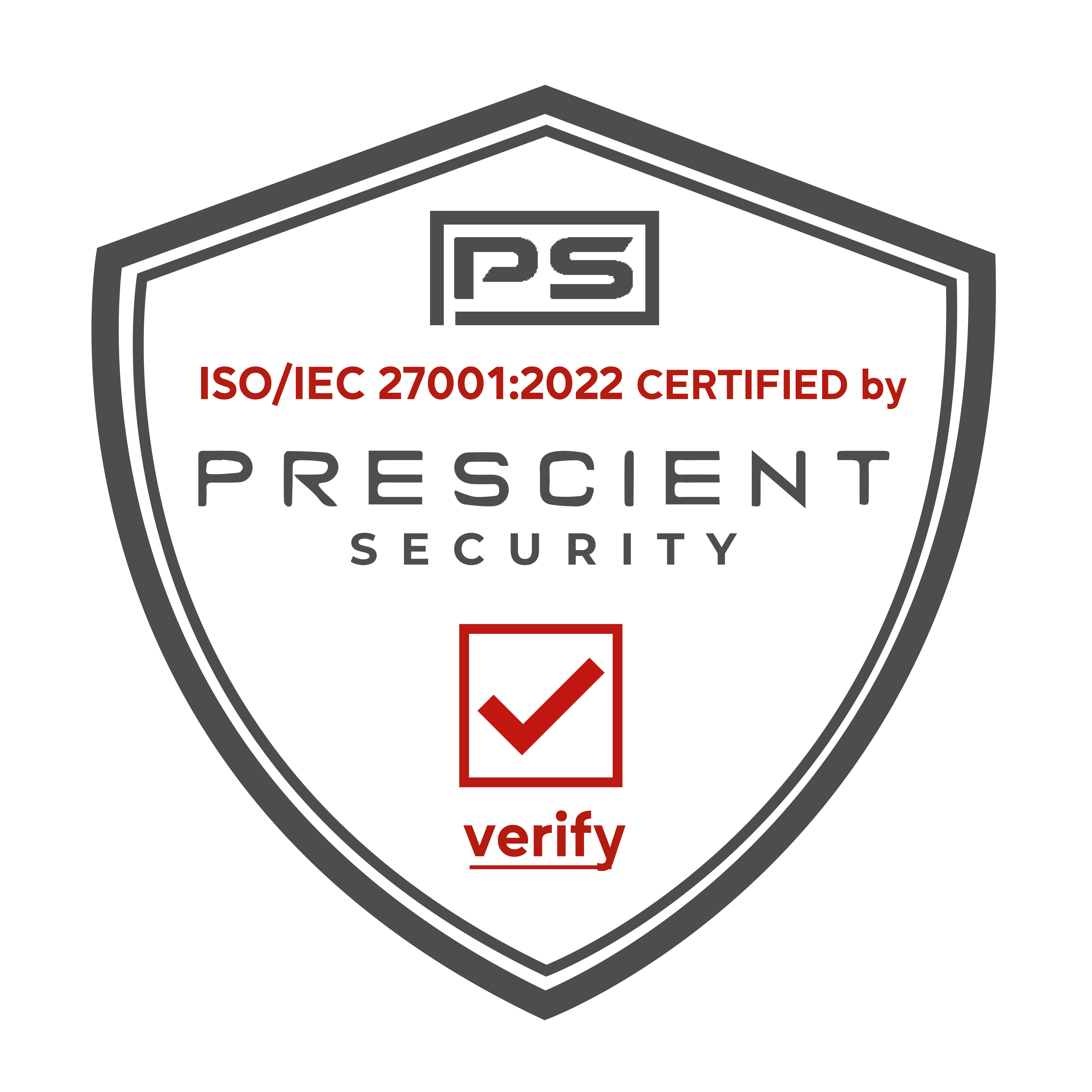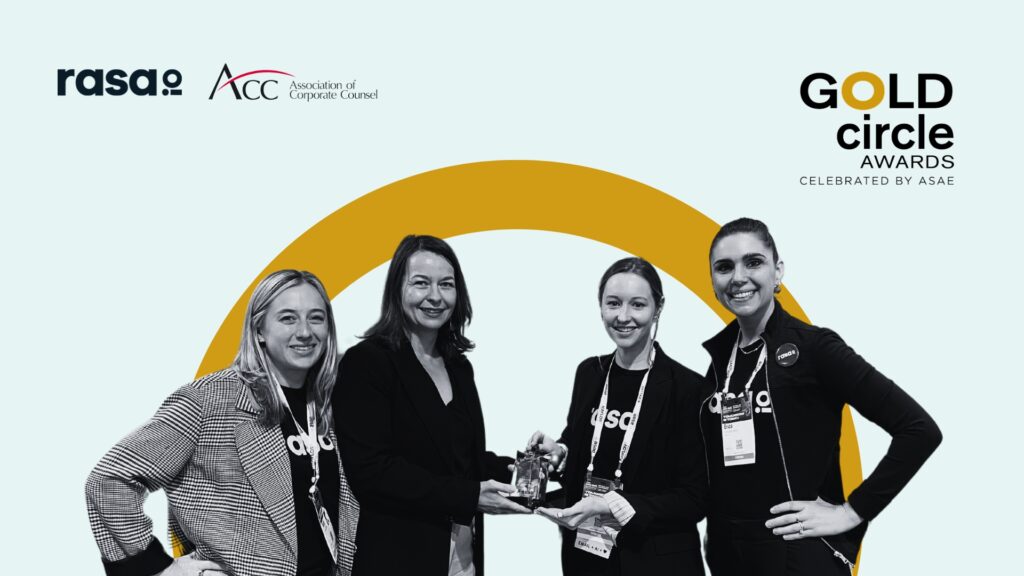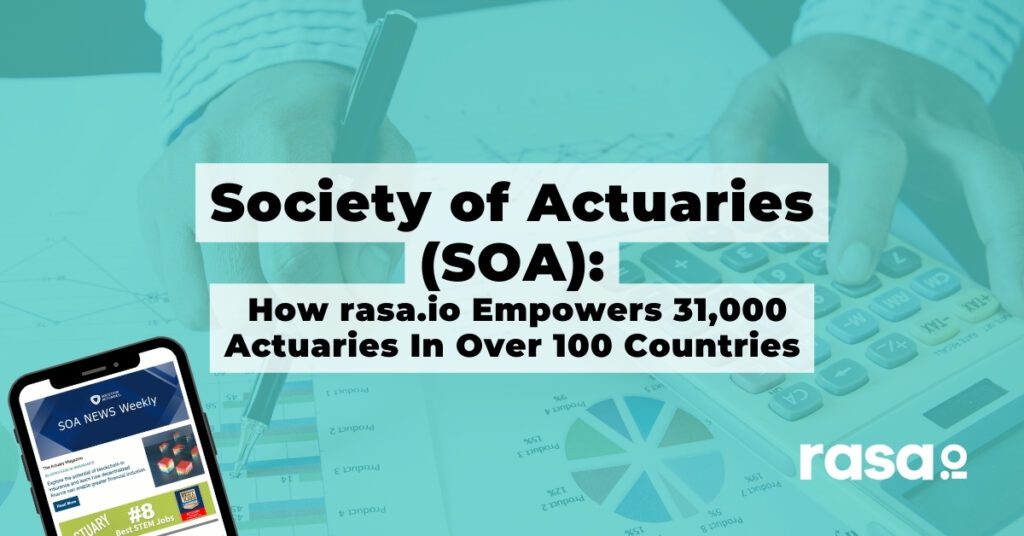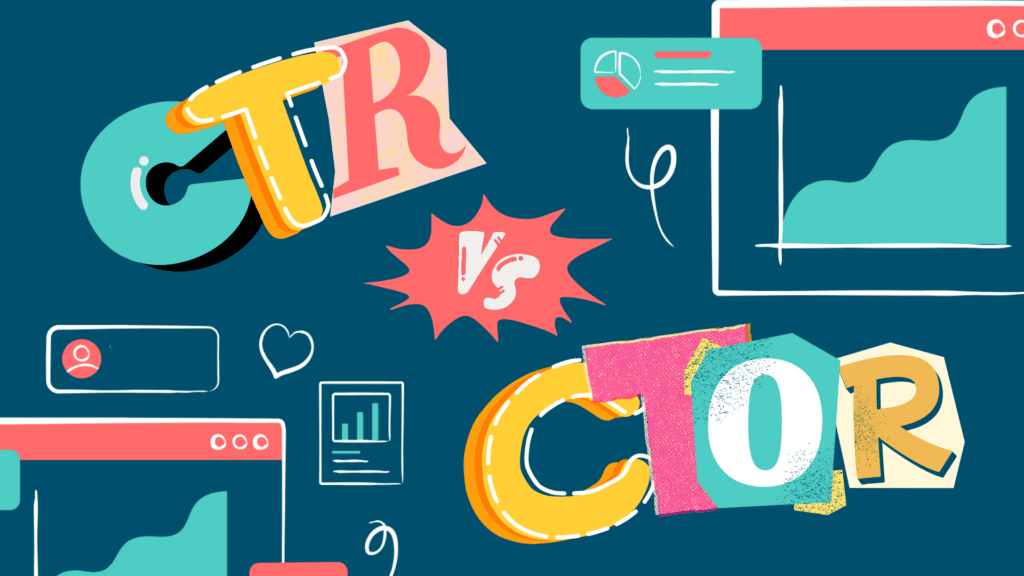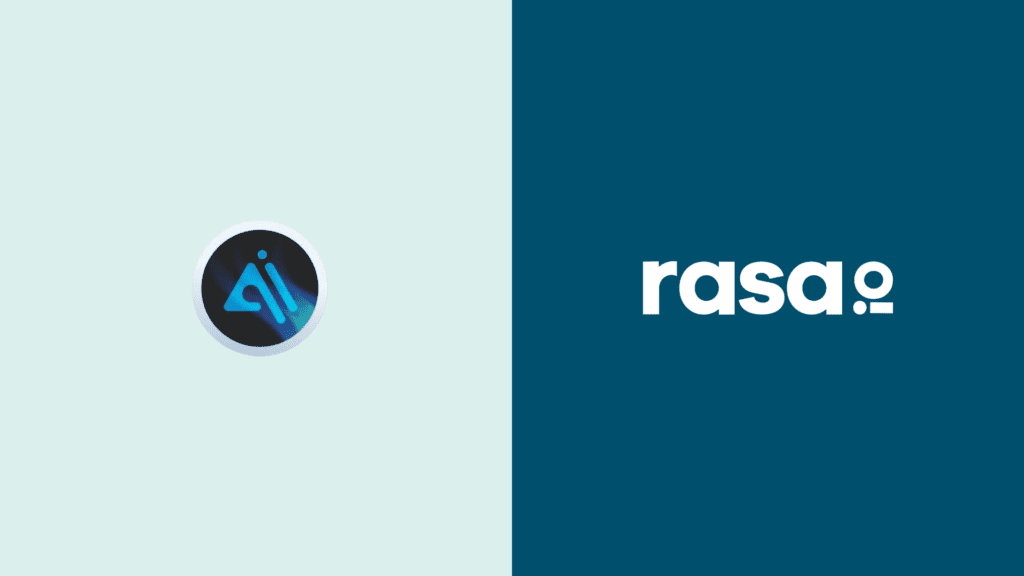Sujan Patel
How the founder of several email-based software tools like Mailshake, Right Inbox and Voila Norbert leverages email to successfully build multiple businesses and how to best avoid promotional offer fatigue with your email list. This is Sujan Patel’s story about Pushing Send.
Sujan Patel is a marketing leader who has helped hundreds of companies – from emerging startups to Fortune 500 leaders – to create growth strategies that have generated massive increases in traffic and revenue. In addition to consulting work through his SaaS marketing agency, Web Profits, Sujan owns and operates multiple SaaS businesses, including Mailshake and Right Inbox.
Key Points From This Episode:
- Sujan’s three companies are all focused on email. You’d build the list on Voila Norbert and you’d send it through Mailshake and you’d probably continue with the conversations with Right Inbox.
- Cold email outreach should be brief, clear, and really think about how your email will solve the reader’s problems.
- Be unique with your email newsletter, find your own angle, and focus on the value or entertainment you can offer.
- Subscribe to the newsletters of top companies and see what they are doing and implement the practices that you like and feel are successful.
- Send an email when you have something relevant to say.
- The value to ask ratio should be the value you provide versus something you’re taking or asking of needs to be the value needs to be significantly greater. The greater the value ratio to what you’re doing, then the better the results you’re going to have.
Tweetables:
“My biggest pet peeve is when people forget that when you have a real-life conversation with somebody, that’s pretty much the bar for what you should be having all the other forms of communication be like.” @SujanPatel
“Use everything people are doing successfully in your space or the successful people are doing in your space as inspiration, but be unique, figure out what you can do those others cannot.” @SujanPatel
“Send an email when you have something to say, but also make sure you have something to say enough to be top of mind or relevant.” @SujanPatel
Links Mentioned in Today’s Episode:
Episode Transcript
Sujan Patel:
My biggest pet peeve is when people forget that, like, you know, when you have a real life conversation with somebody, that’s pretty much the bar for what you should be having all the other forms of communication, be like, right. You’re looking somebody in the eyes, you’re asking them questions. You never start a conversation with like, Hey, my name is Susan I’m from Mailshake. I’d like to sell you some stuff, right? Like, or insert, whatever. Right? You get there in a conversation. Like I think people when they use Slack, text, email, whatever, kind of forget that ultimately, this is kind of an evolution of two people talking
Bryan Kelly:
From rasa.io, the free tool for sending smarter and better email newsletters. This is Pushing Send, a show featuring people who sent emails their subscribers actually want to read I’m Bryan Kelly. And on today’s show how one entrepreneur has effectively used email to grow multiple businesses, which include three sales and marketing tools specifically focused on email. Here’s Sujan Patel explaining these three companies
Sujan Patel:
Mailshake is the company I founded. And that was intentional. Obviously, coming with the idea and whatnot is something I wanted to use to scratch my own itch, which is doing email outreach too. For any purpose, I originally started to do email outreach to promote content and kind of build links for SEO purposes, but at Mailshake, our customers are more sales and so that kind of led to like, let me thinking about sales and marketing use case of email. And so we ended up acquiring Right Inbox and Voila Norbert, we acquired them fairly early in their company existence. And yeah, I think it was more that I was looking at it from a persona of targeting sales and marketers and like, what are other things people need and also like a workflow, right? So like for example, Voila Norbert, Mailshake, Right Inbox. They kind of work in that order. You’d build the list on Voila Norbert and you’d send it through Mailshake and you’d probably continue with the conversations as you continue to write conversations like Rght Inbox or something like that can help you. So that’s kind of how they fit together.
Bryan Kelly:
Now there’s lots of opinions on the topic of cold email outreach, and many of them are kind of prescriptive in nature. So what’s one thing you’ve learned using cold email and building cold email tools that you can share with someone who’s new to this approach.
Sujan Patel:
This is going to sound kind of cliche, but it’s really about how to get your point across with the least amount of words possible. And why I say that is that I think there’s, obviously it goes to say that like you have to make the email, you know, think about solving problems, thinking about what their, what their problems are in their life or in their day to day and your position would there wouldn’t be a value prop for them problem solution statement. But ultimately we’re getting into the world of uber instantaneous kind of action, Tik ToK, Snapchat, Facebook Stories, Instagram stories of like short, brief content. And everybody wants like, wants to be entertained or move on to the next thing they’re swiping over there, whatever. Right? So like email, although as a format will continue to exist in my belief, like for the length of my, the rest of my life is still has to adapt to the cultural kind of modernness of the world, right? And so it’s still has to adapt to what the fact that there’s all these other tools. Right and so just be brief right. And be short. And I don’t know if it’s, I think it’s an Albert Einstein quote, but he talks about like, you have to know something well, in order to kind of summarize it and to be brief requires mastery or something of that nature, I’m going to go look that up.
Bryan Kelly:
Yeah. To your point about brevity. It really is key when it comes to cold email outreach. In fact, when I personally reached out to you via email about this interview, we deploy some very specific tactics in a email message like that. And you responded right back because it was short and incredibly clear what I was asking of you.
Sujan Patel:
But what really got me to look at your email was that you mentioned the people, you added the social proof, right? You’ll link to the podcast, you mentioned 12,000 subscribers. Like, so number impact other people. I want to be like the Slack, Zendesk, CML, I want to be like Bill, Shopify. That’s a big company, you know, like it was like, these are your, you’d like you got my interest. And I didn’t even think about your podcast for one second. I was just thinking about the other stuff. And I’m like, oh, like, and I’ve probably been to your website now, like 30 times, because I was preparing for this show. And now I know a little bit about your company. And so like, I think leading with the numbers and that, and the social proof, that’s what got me the second time around. So I like it and easy to read scannable each kind of very, very clear. And then yeah, you sent me a link and I’m like, boom, do it.
Bryan Kelly:
Now a moment ago, we talked about cold email, but what about email newsletters? What’s one key lesson you’ve learned building a 50,000 person email list. What can you share?
Sujan Patel:
I think be unique, right? Figure out whatever it is that can help you stand out from your own crowd, whatever it is, right. Whoever your crowd is. And what I mean by that is you figure out your angle, like, how do you actually, how do you actually stand out from the crowd? Right. If you keep doing kind of what everyone else is doing, use everything people are doing successfully in your space or the successful people are doing in your space as inspiration, but be unique, figure out what you can do that others cannot, or, you know, let’s just say, you’re writing about marketing. What is it that you know how to do that others don’t or like maybe you make it down to a niche. Otherwise, you will be left in the dust of all the other, all the other newsletters. And I think the best way to kind of quote unquote be unique is to focus on like your experience where you can provide the most value or entertainment. Right? I think don’t forget about the entertainment part of a newsletter and entertainment being like the happy part of it. Right? So like here’s a great example. Scott Galloway, Scott Galloway is like a business professor or something like at NYU and he is a prolific writer, like has got a podcast he’s like quoted in like Axiom, like quoted in like the media quite a bit on business matters. And his whole newsletter is just snarky responses. I’m like, it’s just, it’s the snarkiest newsletter. I’d never use the word smug, but this is the snarkiest newsletter, but it has so much good business knowledge. And another newsletter called the Morning Brew or Morning Brew. And I’ve got a lot of quote unquote brew like coffee brewing type of, uh, analogies. The Hustle is another good one. Both Hustle and Morning Brew have something in common. They’ve got a unique voice. They’ve got a persona, they’re targeting millennials. And that’s how I read my news. I never read the news until I subscribed to the Morning Brew and then I’d read it. And Morning Brew is like a mix of like the stock market, whatever recap business, you know, whatever Trump says and like just kind of general world politics and world news. Like the news to me has always been boring, but reading the Morning Brew is not boring. My wife reads Wall Street Breakfast, or listens to that podcast. And it’s like a snippet and it targets what she likes doing. Right. She’s super analytical. And so like, this is all like very numbers based and science-based, and whereas like mine is like a casually written newsletter about very important things. Right? So find your stance. There’s no one size fits all, but I think there’s many ways to stand out
Bryan Kelly:
When we come back, Sujan explains how he personally applies this key lesson about email newsletter publishing. Plus he discusses ways to balance value-based content with promotional offers in your emails. I’m Bryan Kelly, and you’re listening to Pushing Send from rasa.io.
rasa.io:
Creating email newsletters takes a lot of time. You might curate articles, write content, tweak your template, and look up metrics. And that dimension you’re probably doing all of this once a week. Well at rasa.io, we said enough and built a free tool to simplify the process, which saves you time. It also uses AI to personalize emails for each subscriber based on their interests. That means they get stuff they like to read. Want to see how it works? Visit www.rasa.io and click how it works.
Bryan Kelly:
Welcome back to Pushing Send. I’m Bryan Kelly. Sujan knows email and people regularly seek his guidance on how they can effectively reach their target audience with great content. And his expertise is rooted in actually doing the work himself to learn what works and what doesn’. Here’s Sujan sharing his process for creating an email newslette. Before the break. You said being unique was key to publishing an email newsletter. So what does that process look like for you when you create your own email newsletter?
Sujan Patel:
For me, the outcome I’m looking to optimize for is actionable, right? And it all stems from there, right? And then I have generally always done the exact opposite of what everyone else in this space is doing. So it’s a little bit, it’s a little bit like let’s just go find out. So like a process comes down to you and you don’t have to choose that angle. You choose it to choose whatever angle. So processes look at and subscribe to every single newsletter of all the top. I’ll give you an example of Mailshake all the top sales blogs, right? All those top sales, not just blogs of software companies that people targeting my audience, salespeople and there’s sales blogs that target VP of sales, there’s sales blogs that target the CRO that sales blogs that targets like SDRs. I’m competing with all of them and I have to figure out my audience. And I look at what they’re all doing. They’re, they’re probably doing certain things really well and probably certain things really poorly. I’m just trying to learn like, look at every single one and engage them with like, what do I like, what do I not like? And I, then I look at that’s my opinion. Then I try to look at what do I think they do well and what do I think they do badly? And I say, think, because it’s not always actually what happens, meaning like, maybe it looks like they do a really well, but they actually don’t get any results from it or something of that nature. So it’s like, you know, don’t always like, look at the surface level stuff and assume everyone’s doing well. Like prove it. Right. But anyways, that usually gives me a canvas of like, I guess usually to be like four or five things I absolutely need to avoid. Right? Like too long of a newsletter, like, or too long of an email. Like, do you want people to like spend the whole time looking at your email or do you want them to come to your blog or your content that you’re sending them to do they care? Do you care that you own the place they go to? Right. So like for example, my personal newsletter, the focus is actionable. It doesn’t matter where I take them, whether it’s my blog or a YouTube video or some other place or someone else’s site or someone else’s article for that matter, because I maybe read that and I felt like here’s the email about the impact it had for me. And I just send them to that content. To me, my quote, unquote audience, they get value from hearing it from me. I don’t have to be the source always. Right? So find your value, find your value, find what’s unique. And oftentimes I’ve found a simple answer is simplifying things and doing the exact opposite of thing of the majority.
Bryan Kelly:
We’re often told that publishing an email newsletter should be like a constant steady cadence or even rhythm. What do you think about this?
Sujan Patel:
I think I agree with that statement of like send an email when you have something to say, but also make sure you have something to say enough to be top of mind or relevant. So don’t lose, like, don’t go, like I have nothing to say for the next year. Well guess what now your email list is stale, right? So I think you always have to be thinking about how could I have something compelling to say every few weeks, right? Every month. So like my personal newsletter I’ve changed it from every like twice a week to once a week to now, like once a month and sometimes two times a month. Right. And my open rates have actually increased quite a bit because I’m sending more valuable stuff. Right? And what’s crazy about this number here is that the number of people who click and also the number of people who open my emails that I send twice a month versus once a month has increased. So the net total, I get more opens on less emails than I do when I said more. And that will be, I would say similar results. you’ll get with sending less typically. But yeah, I think like the, the premise of like only say it when you have something of value and make sure, like, make sure it is absolutely something of value. Like look at how many people open your emails on a mobile device. I think that will be very important to look at because if you have a folks on mobile, it’s going to be a very different experience than the web.
Bryan Kelly:
I agree. Well, when emailing an audience, lots of us marketers tend to create offer fatigue. And I’ve often seen entrepreneurs afraid to email anything promotional. So you’ve got these two dichotomies. How can we balance content with promotion?
Sujan Patel:
I think the value to ask ratio like the value you provide versus something you’re taking or asking of needs to be the value needs to be significantly greater. The greater the value ratio to what you’re doing, then the better the results you’re going to have. And so like, I would say even the 1:1 alone is good. I think really what I strive for is probably like a 4:1 or 8:1 is not a random numbers. This is like for everything you do, you make sure you have another month. If you’re doing weekly cadence of just giving stuff away and, or two months of to giving value away. And I say that just because there’s too many emails out there that are just like, take, take, take, take, take, and I want you to do this, like take this survey, take this, like fill this out. Right? Like
Bryan Kelly:
There’s so many bad examples. Do you have any good ones that you’ve seen a good example of something like that?
Sujan Patel:
Here’s a good example. I’ve got this person that emails me, I’ve known for like five years. He’s been emailing me for five years, asking me to join his mastermind and like retreats. And he does it in a tactful way. Like I have not yet attended any of these, but it’s an email that I, I don’t mind answering, even though he’s always asking me to buy something of his, attend something that’s thousands of dollars of cost and you know, a week or five days of travel and away from whatever I’m doing. Because every email he’s like, he’s not just emailing me saying, Hey, we’re having another event like this week, you should join there’s value in there. He’s like, look me up and like said, I was like, Oh, I know you’ve got three kids now, that must be tough. But like, Hey, check out this book I used or like a friend, another guest, like there’s always some value. And so like his value to take his one-to-one like, he’s always asking me to buy and spend thousands of dollars in a week of my life, but he’s always giving me enough nuggets and like being sincere and like thoughtful and, and, and all these things for me to open his email.
Bryan Kelly:
Yeah. That’s that’s really good. Good example of the direct ask combined with giving value. Did you say that you have, or you haven’t gone on these retreats?
Sujan Patel:
I haven’t. And usually it’s due to like timing or like I just can’t. I go to too many conferences and whatnot. So like, it’s more like feedback here is like know when you’re not going to be able to sell somebody, but he’s a relationship person and like, I’ve not gone to his conference, but I’ve recommended others to go to his thing. Right? And so it’s like, there’s the value in that, but here’s another example, same kind of approach, same actually call to action, going to someone’s event, like private events, same business model similar type of events for entrepreneurs and operators, but very different approach. I’m on a weekly newsletter of like all the cool things, articles and content that I get from the members and the content they write. There’s a conference and then there’s a membership. And then like, I’m always thinking when I get invited to this conference with emails, you once a year to go to this conference, he’s like, Hey, you’re invited. I know you haven’t gone, I actually went once and I just keep getting an email. I’m not a membership, but every week, it all these numbers. And then when he asked me, by the time, by the time he asked me, I’m like, I’ve gotten so much value from just the members and the concept they’ve created. And I know that that’s social proof. It’s like, I read their articles and there’s probably more of them that I should go to this thing. Right. So like, although the one-to-one value is great. They’re like the a hundred to one, which is probably more closely the ratio actually, sorry, it’s 50 to one. Right? My math sucks. Like he sends 50 emails a year, once a week. Right. Once a year he asked me to pay for something and was my general sentiment is like, hell yeah. Only. And then like, if my schedule doesn’t permit, then it’s a no right. But like the difference between 50 to one and one-to-one is my general answer together. One is I’m open to the email. Right. But you heard me in the beginning, I said, I’ll open that email. And the other one, the lead latter example, I said, I got so much value that like, I’m going to buy it. Right. And I’m only looking at schedule as a conflict or friction point.
Bryan Kelly:
These two examples Sujan describes might make you think about experiences you’ve had on the receiving end of promotion oriented emails. How do you think you might begin proactively balancing value based content with promotions? Coming up on our next episode, we’ll hear from Val Geisler, a well-known copywriter and email geek who is on a mission to help marketers honor the human experience through email messaging. Val talks about how there shouldn’t be a difference between B2B and B2C email messages, plus how she applies similar concepts to her clients email that she does her own email. You won’t want to miss what Val discusses during our talk. So if you’re listening to Pushing Send for the first time, be sure to subscribe at Apple podcasts or wherever you’re listening. So you don’t miss an episode. And if you’ve enjoyed what you’ve heard, I’d encourage you to check out a few other episodes while you’re here. Lastly, leaving a review will help us share these stories with others, just like you. Thanks in advance for doing that. I’m Bryan Kelly, and you’ve been listening to Pushing Send from rasa.io.







